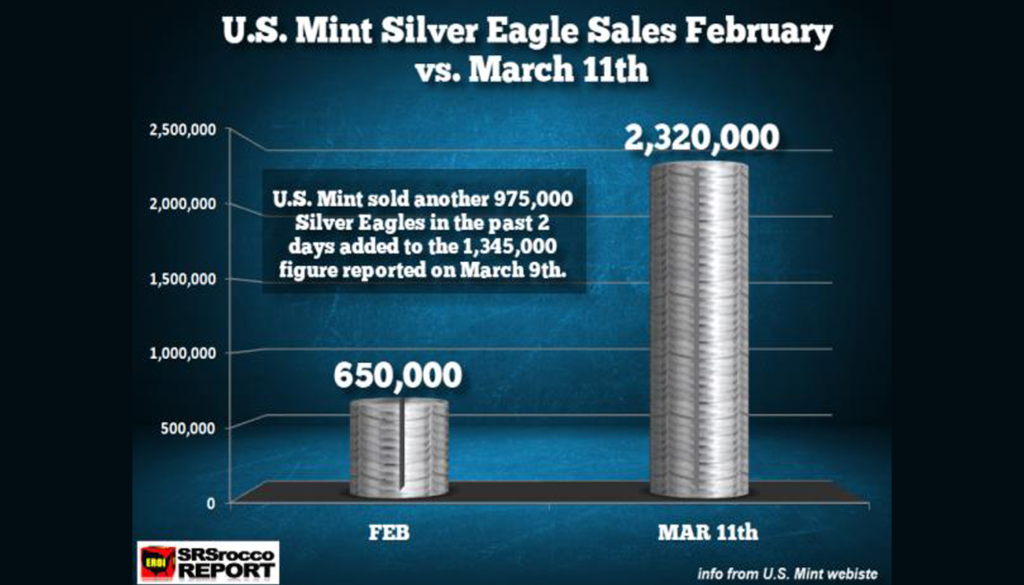The recent Covid-19 pandemic has pushed the price of gold to a hair’s whisker of its record high reached almost a decade ago. Investors should expect the rally to continue beyond that level, at least in the medium term, experts say.
“We continue to be bullish on gold, believe that gold will make a new all- time high in US$, and that gold will make new all-time highs in all currencies,” states a recent report from Wolfe Research.
The price of gold recently traded around $1,893 a troy ounce, putting it within easy reach of its all-time high of around $1,920 reached in 2011 in the wake of the financial crisis.
So far this year investors in the SPDR Gold Shares GLD +0.9% (GLD) exchange-traded fund, which holds bars of solid bullion, has rallied 24%. That far exceeds the 0.34% increase in the SPDR S&P 500 (SPY) ETF which tracks the S&P 500. Both figures are from Yahoo and exclude dividends for the S&P 500 fund.
Inflation Worries Prompt Gold Rush
The rally, and the likely further surge, comes as investors are increasingly worried about the purchasing power of the U.S. dollar. The pandemic prompted the U.S. government to borrow vast sums of money to prop up its economy while businesses were ordered to close, and employees were furloughed.
But all that borrowing comes at a cost. Either the U.S. will need to raise taxes in the future or the government will need to print money to induce inflation. Either way, it makes holding dollar-denominated assets less attractive than real assets such as gold.
While gold prices have swung up and down over the past few years, over much longer periods, the metal has tended to maintain its purchasing power, which is why some investors like to own it as a kind of insurance policy against the wealth-withering ravages of inflation.
Dollar Falling Versus Other Currencies
Another reason investors are piling into the metal is that the dollar is falling in value against other major currencies. The dollar index, which measures what a greenback will fetch against a basket of major currencies, recently fell to 94.7 down from a recent high of around 103 on March 20, according to Bloomberg. That drop reflects decreasing confident in the value of the greenback.
The fall also helps explains the recent gold price rally and why it will likely continue for the medium term. The price of bullion is inversely correlated with the value of the dollar. Or put simply, when the dollar drops in value, then the price of gold tends to increase.
Given the weak shape of the U.S. economy and the likelihood of more U.S. government spending/borrowing, it looks likely that there’ll be more dollar weakness and an extension of the gold rally.
Simon Constable – Forbes – July 24, 2020





